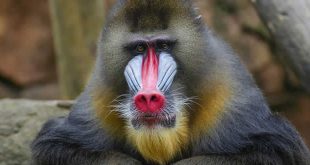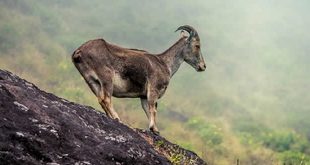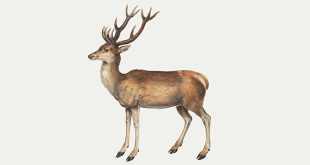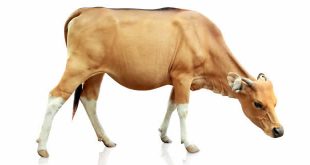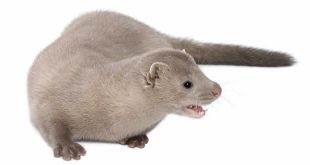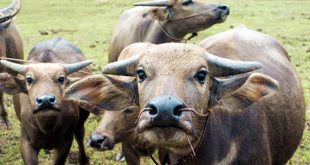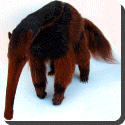 Anteater — Anteaters are the four mammal species of the suborder Vermilingua commonly known for eating ants and termites. The name is also colloquially applied to the aardvark, the numbat, the echidna, and the pangolin. Together with the sloths, they comprise the order Pilosa.
Anteater — Anteaters are the four mammal species of the suborder Vermilingua commonly known for eating ants and termites. The name is also colloquially applied to the aardvark, the numbat, the echidna, and the pangolin. Together with the sloths, they comprise the order Pilosa.
Species include the Giant Anteater Myrmecophaga tridactyla, about 1.8 m (6 ft.) long including the tail; the tamandua or collared Anteater Tamandua tetradactyla, about 90 cm (3 ft.) long; and the Silky Anteater Cyclopes didactylus, about 35 cm (14 in.) long.
The largest extant representative of the group is the Giant Anteater, or ant-bear (Myrmecophaga tridactyla), an animal measuring 4 feet (1.2 m) in length, excluding the tail, and 2 feet (60 cm) in height at the shoulder. It has a long, thin head and a large, bushy tail. Its prevailing color is gray, with a broad black band, bordered with white, starting on the chest, and passing obliquely over the shoulder, diminishing gradually in breadth as it approaches the loins, where it ends in a point. Giant Anteaters are sometimes mistaken for bears because of their claws and bushy fur. The Giant Anteater is also a very solitary animal. In Spanish, an anteater is referred to as an oso hormiguero, literally, “anthill bear.”
It is extensively distributed in South and Central America, frequenting low swampy savannas, along the banks of rivers, and the depths of the humid forests, but is nowhere abundant.
Its food consists mainly of termites, which it obtains by opening nests with its powerful sharp anterior (front) claws. As the insects swarm to the damaged part of their dwelling, it draws them into its mouth by means of its long, flexible, rapidly moving tongue covered with sticky saliva. Their tongue can be flicked up to 150-160 or more a minute. A full-grown giant Anteater eats upwards of 30,000 ants and termites a day.
The Giant Anteater and regular anteaters have no teeth. Their food is aided by the pebbles and debris that they consume when they are eating their protein-packed meal. Once the bugs are trapped by the sticky tongue, the bugs are crushed by the tongue, against the anteater’s hard palate.
The giant Anteater lives above ground, not burrowing underground like armadillos or aardvarks. The anteater finds a place to sleep, curls up, and covers itself with their bushy tail. Since the anteater is a very solitary animal, it can be easily woken. When attacked it can defend itself with its sabre-like anterior claws.
 Kids Portal For Parents India Kids Network
Kids Portal For Parents India Kids Network
